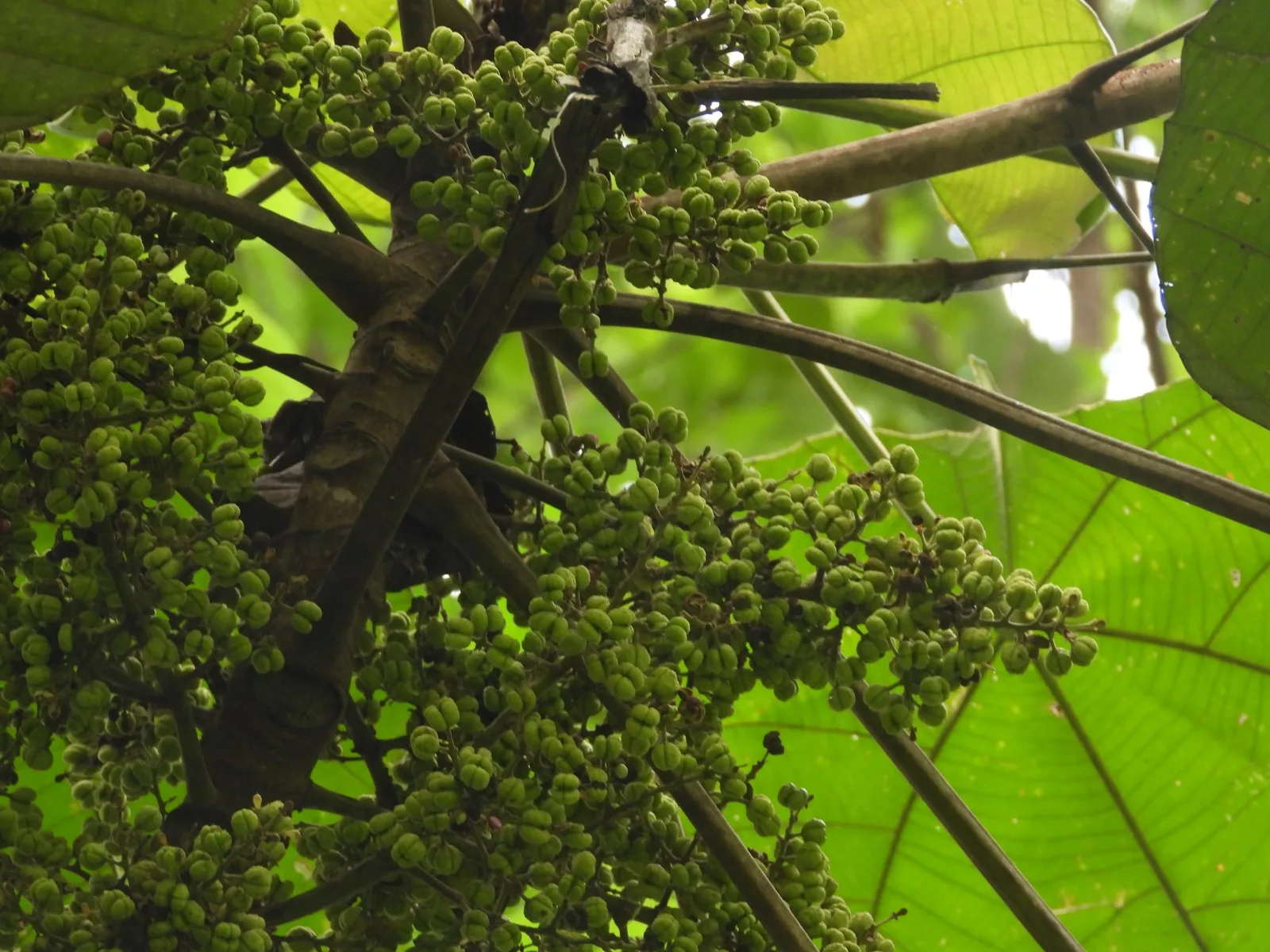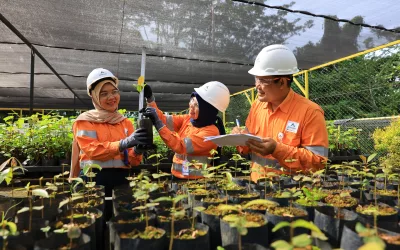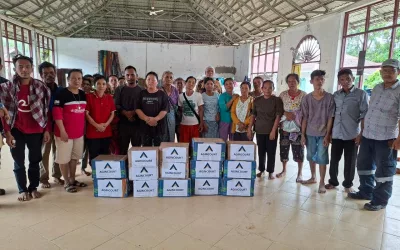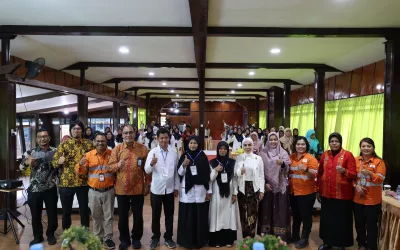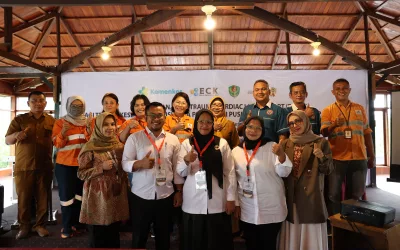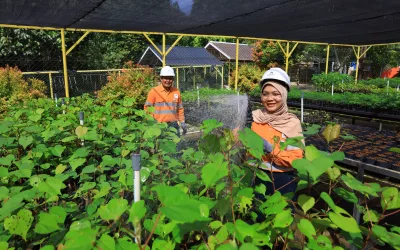Supporting environmental rehabilitation, particularly in post-mining reclamation areas, requires the careful selection of plant species to restore ecological functions. One species proven effective in this process is Macaranga gigantea, a tropical tree from the Euphorbiaceae family, renowned for its rapid growth and significant ecological role in Southeast Asian rainforests.
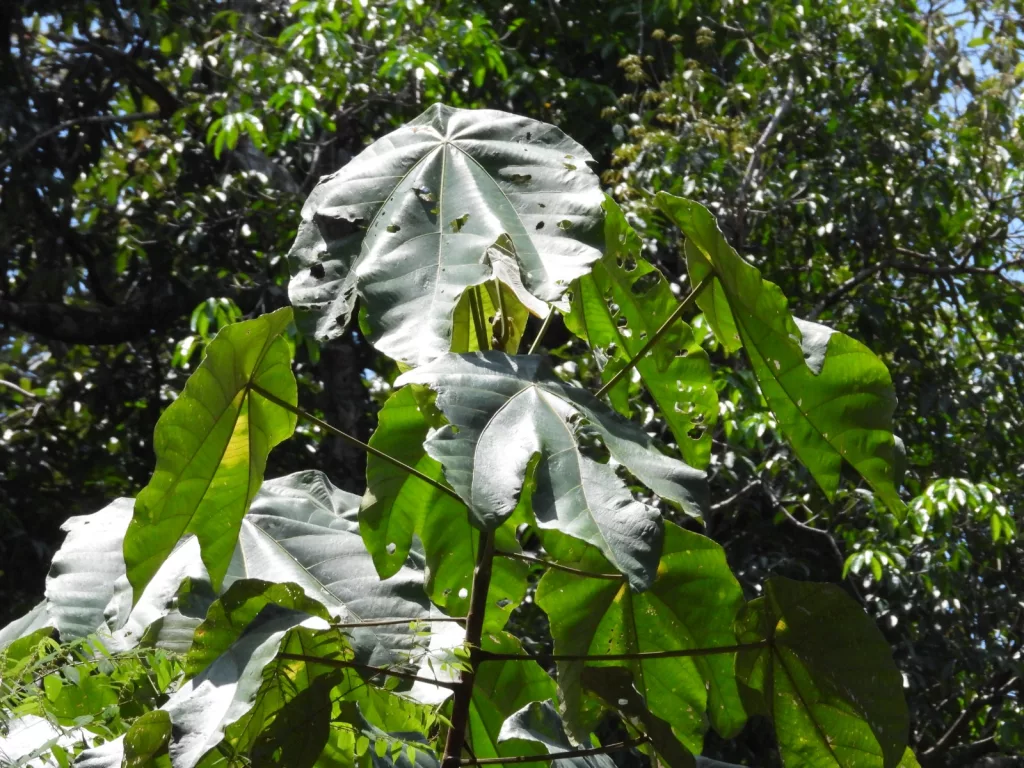
As a pioneer species, Macaranga gigantea thrives in open land, including logged areas and reclamation zones. Its physical characteristics highlight both resilience and adaptability:
- Height reaching 15–30 metres.
- Large, heart-shaped leaves with smooth surfaces.
- A sturdy, well-branched trunk with greyish-brown bark.
- A deep taproot with strong lateral roots, effective in preventing erosion on slopes and loose soils.
The tree is widely distributed across lowland forests up to 1,200 metres above sea level and is naturally found in Indonesia, Malaysia, Thailand, and the Philippines. It commonly grows along riverbanks, wetlands, and other open landscapes requiring vegetative recovery.
Ecologically, Macaranga gigantea plays a vital role in restoring ecosystem structures by:
- Acting as a protective canopy for more sensitive plants.
- Providing shelter for birds, insects, and small animals.
- Serving as a food source and movement space for primates such as monkeys and forest apes.
- Establishing mutualistic relationships with certain ant species that protect the tree from herbivores.
As an initial reclamation species, Macaranga gigantea accelerates land recovery. Beyond stabilising soil, it supports biodiversity conservation and contributes to ecosystem sustainability. Its lightweight timber can be used for simple construction or handicrafts, while its root system improves soil fertility. The presence of Macaranga gigantea reflects a nature-based approach to environmental rehabilitation. With its pioneering traits and wide-ranging ecological functions, this tree is part of a long-term solution for rebuilding tropical landscapes that are healthy, productive, and sustainable.

